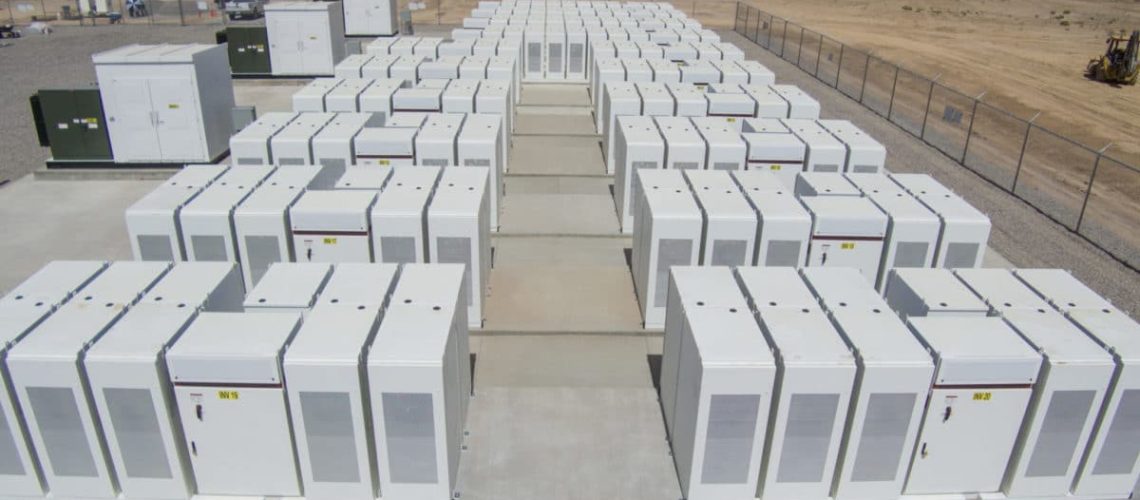Wood Mackenzie said the U.S. market will install 66 GW of storage between 2023 and 2027, 83% of which will be at the grid scale.
Wood Mackenzie has released its Q3 2023 energy storage market report, listing a new record high for installations in the U.S. for Q2 2023. The United States deployed 1,680 MW / 5,597 MWh of energy storage nationwide, leading to an average duration of 3.3 hours.
Despite the record quarter, Q2 installations were meaningfully lower than expected based on project pipelines. Wood Mackenzie said that well over 2 GW of projects have been pushed to later years.
Much like the residential solar sector, the residential energy storage sector has been hammered this year by steep interest rates and meaningfully negative policy changes like the onset of California Net Energy Metering (NEM) 3.0. In Q2, residential storage declined to 138 MW / 381 MWh. The biggest decline was in California, which has peeled back 17% quarter-over-quarter and 37% year-over-year, despite promises from regulators and utilities that NEM 3.0 would be a net-positive for a solar plus batteries market.
Despite these challenges, Wood Mackenzie sees growth ahead for the residential storage segment. The report said the sector is forecast to install 3.5 times more solar in 2027 than it did in 2023. It expects 8.0 GW for the sector over a five-year horizon.
Looking ahead, Wood Mackenzie sees grid-scale storage comprising most of the capacity added through 2027, though residential storage is expected to rebound and maintain strength despite recent challenges. Between 2023 and 2027 the report projects 66 GW of energy storage added, 83% of which will be grid-scale capacity.
The firm’s five year outlook for all sectors was lowered on average about 12%, with most of the decreases occurring in 2023 and 2024. Regulatory challenges hampered residential storage in the near-term, while supply challenges trimmed near-term forecasts across all sectors. Grid scale storage remains held back by grid operator interconnection queue delays. Inefficient grid operator interconnection processes remain one of the most significant challenges to the United States’ move towards carbon emissions-free electricity generation and storage.
As for pricing, Wood Mackenzie said lithium-ion battery storage systems may have reached a peak in late 2022. Batteries have come down in price more rapidly than commodity prices since then, though price decreases may start to slow in Q3 and Q4 of 2023, said the report.
Labor and balance of plant costs are still increasing due to various factors, and transformer and inverter costs continue to trend upward due to high demand, said the report. Price pressures are affecting original equipment manufacturers and to a lesser extent integrators, and engineering, procurement, and construction (EPC) firms have the most power to pass on costs and be selective with their client choices.
One of the report’s lead authors, Vanessa Witte, senior analyst, energy storage with Wood Mackenzie will be a featured panelist on the grid-scale energy storage session at the upcoming pv magazine Roundtables US 2023 free online event.



